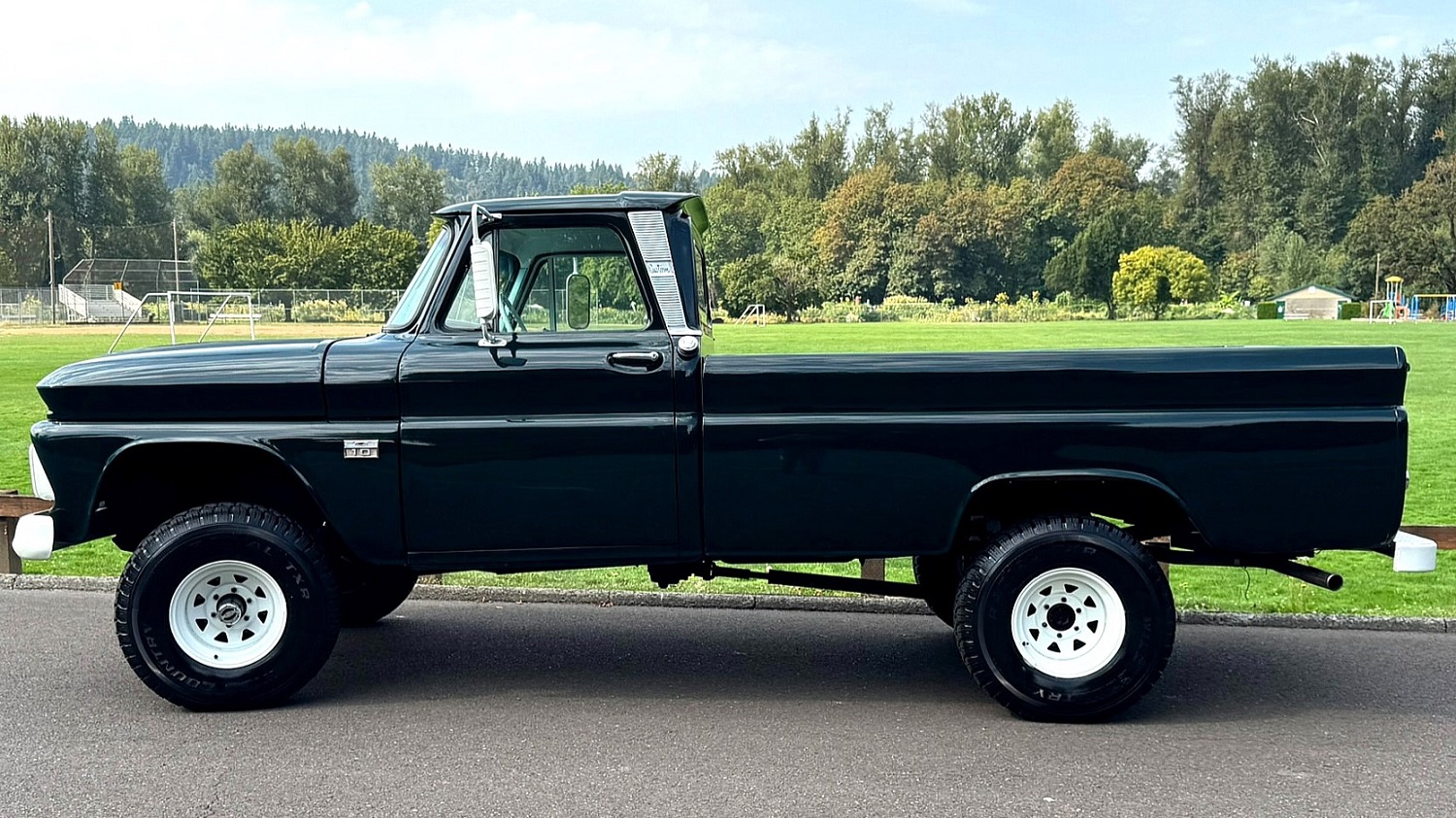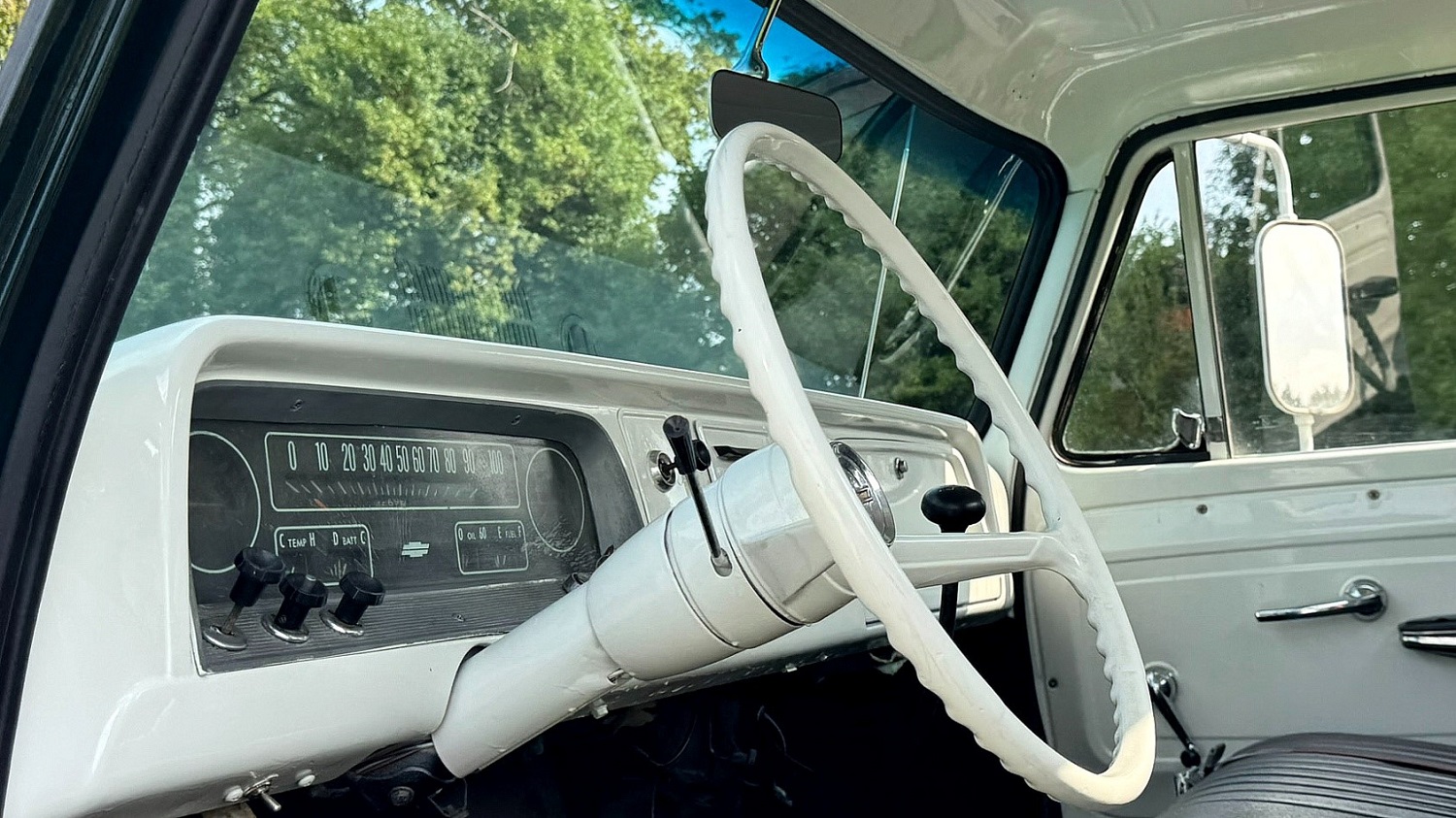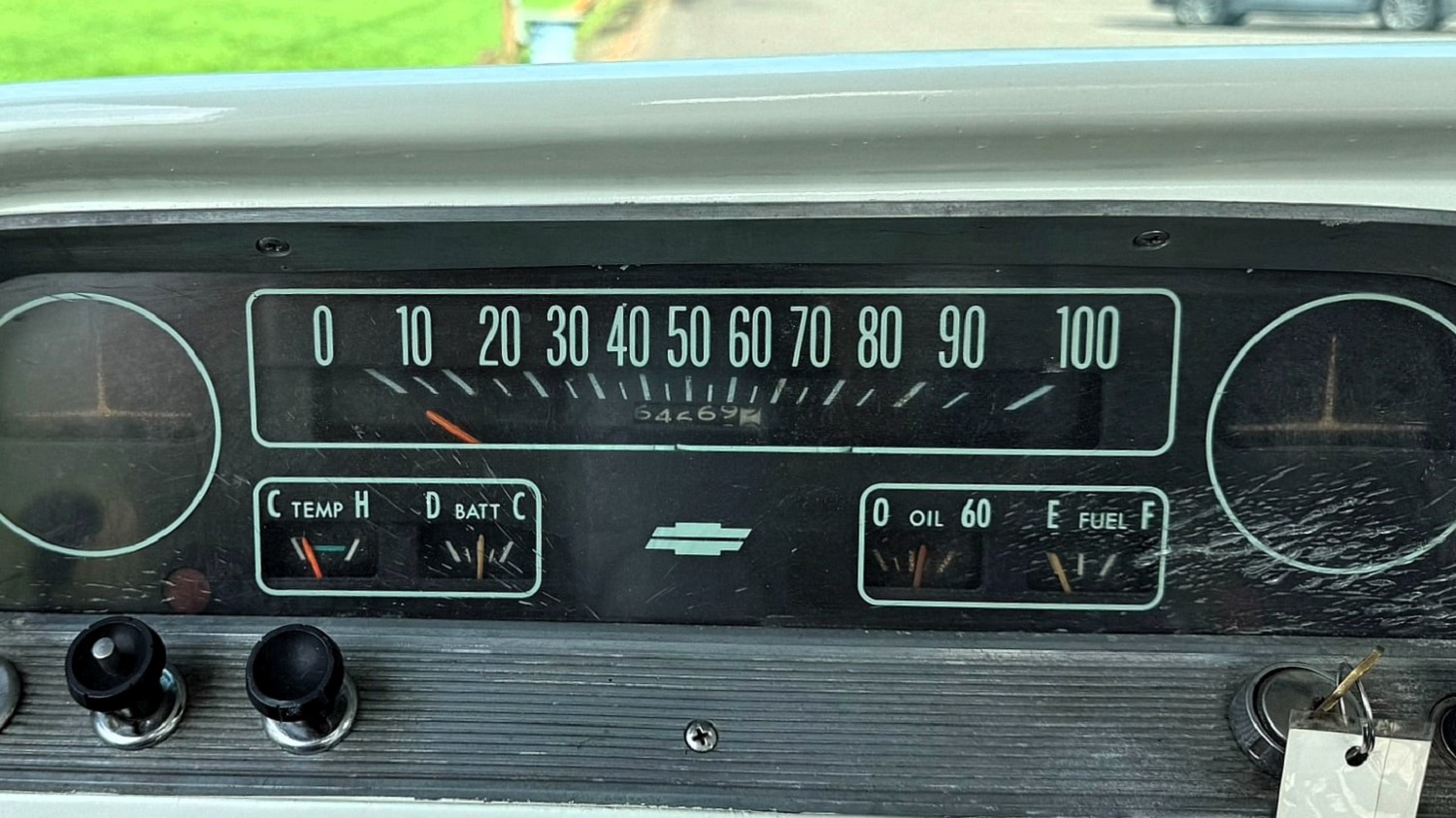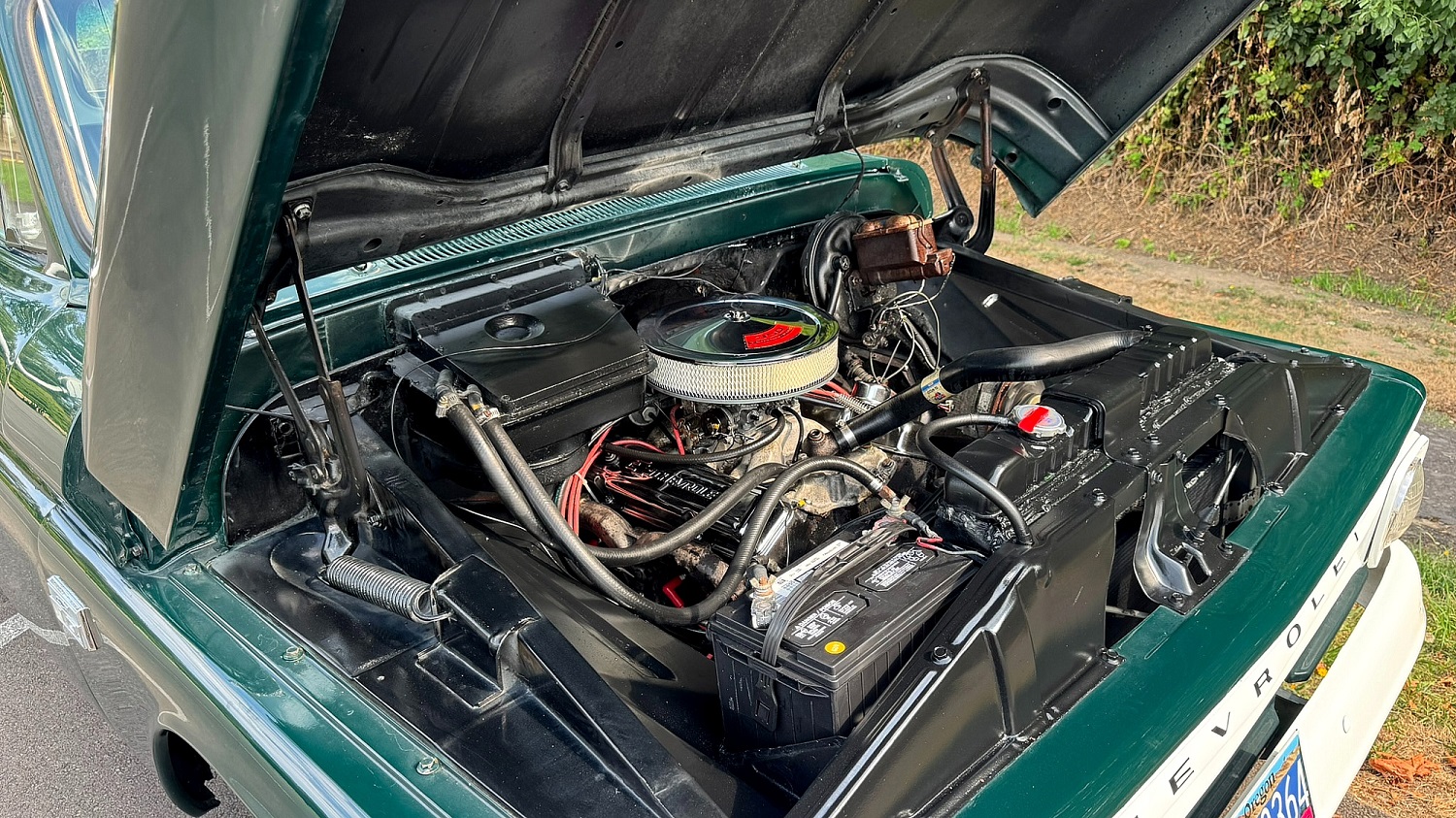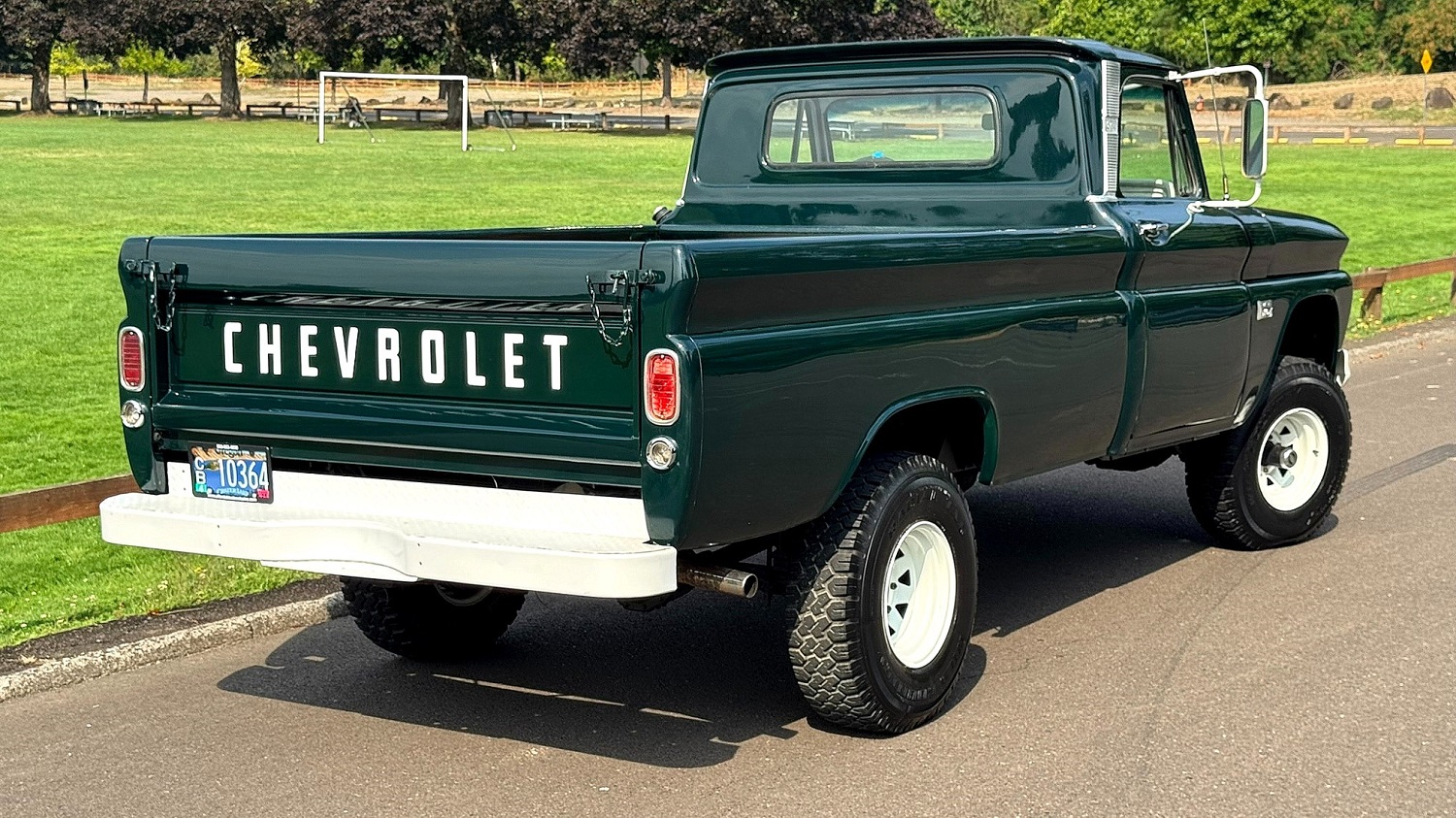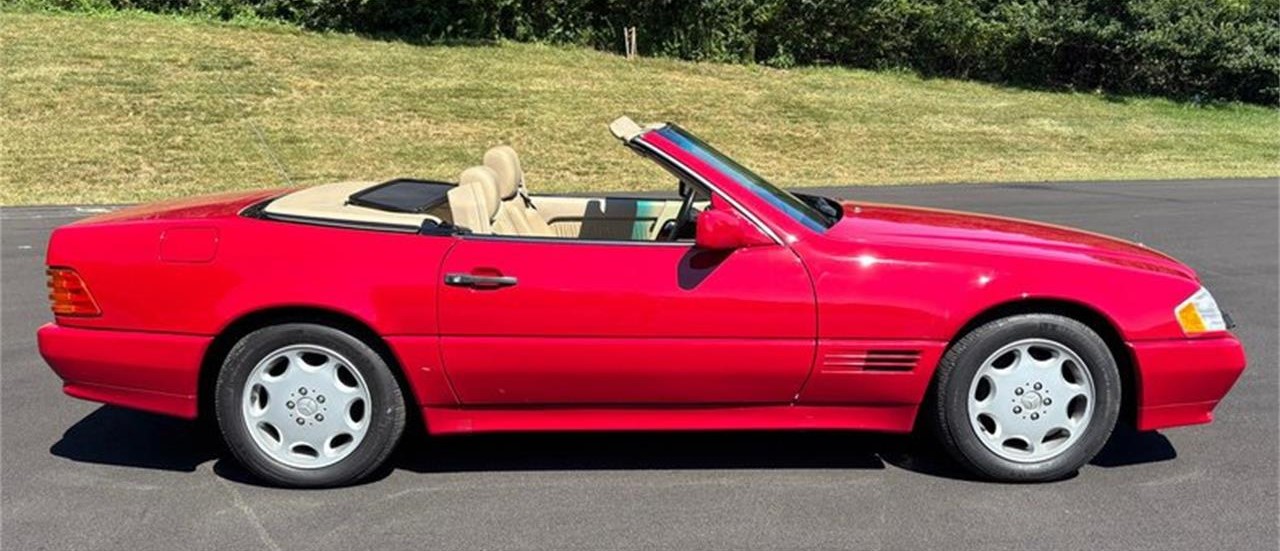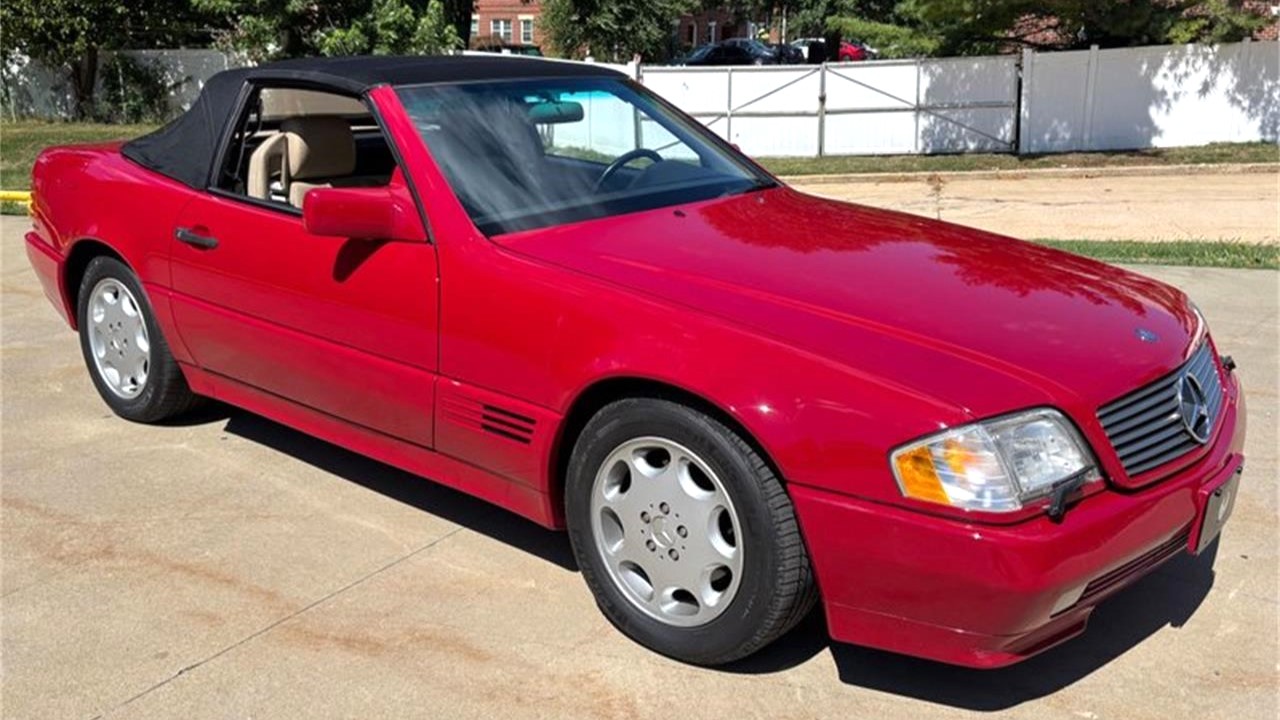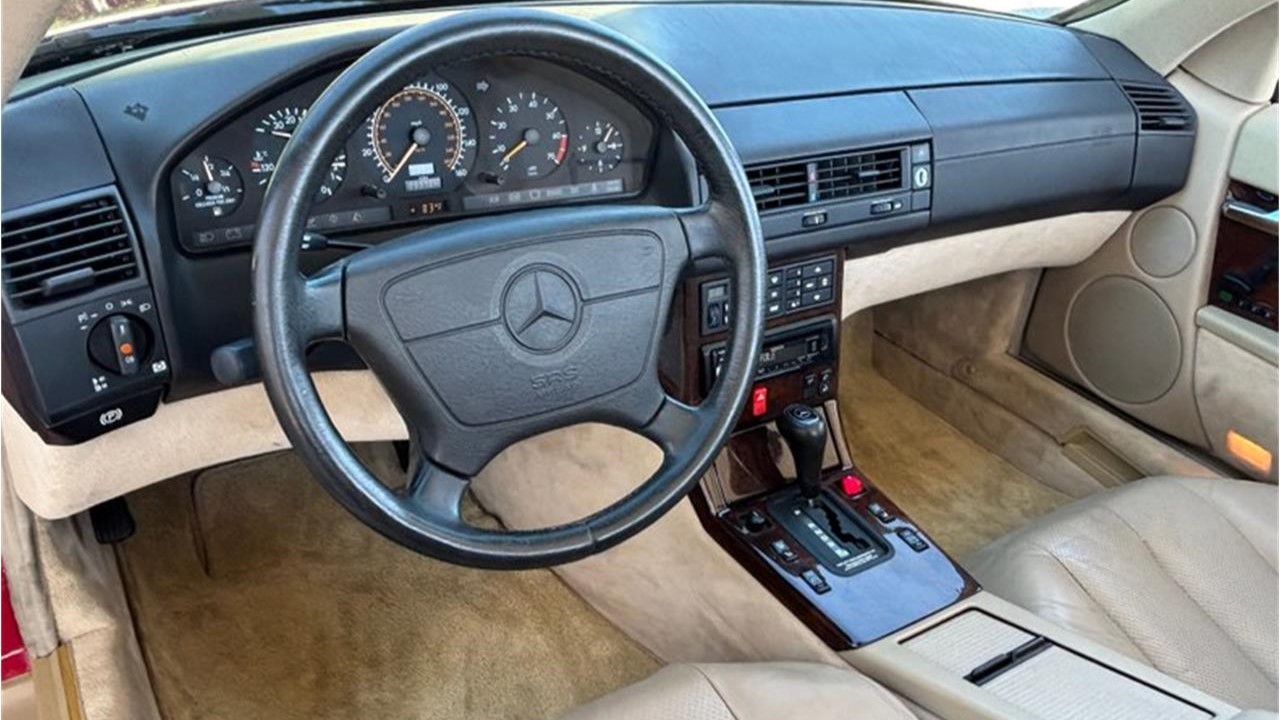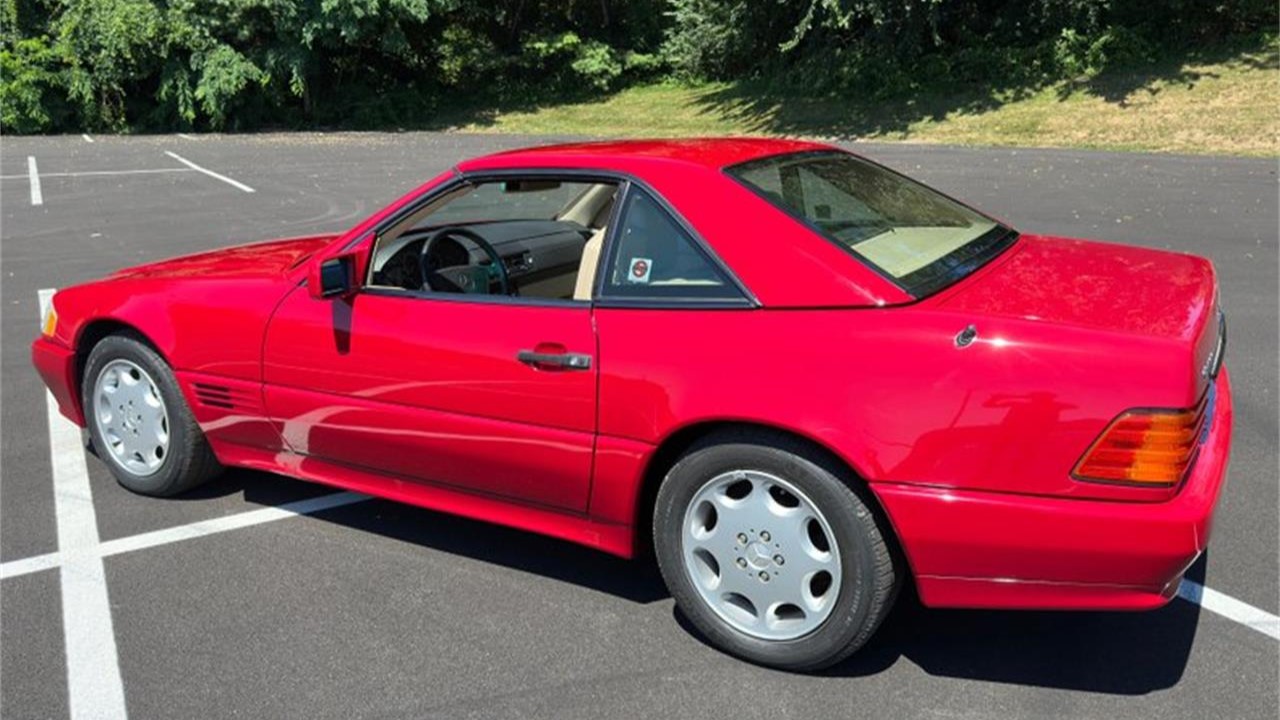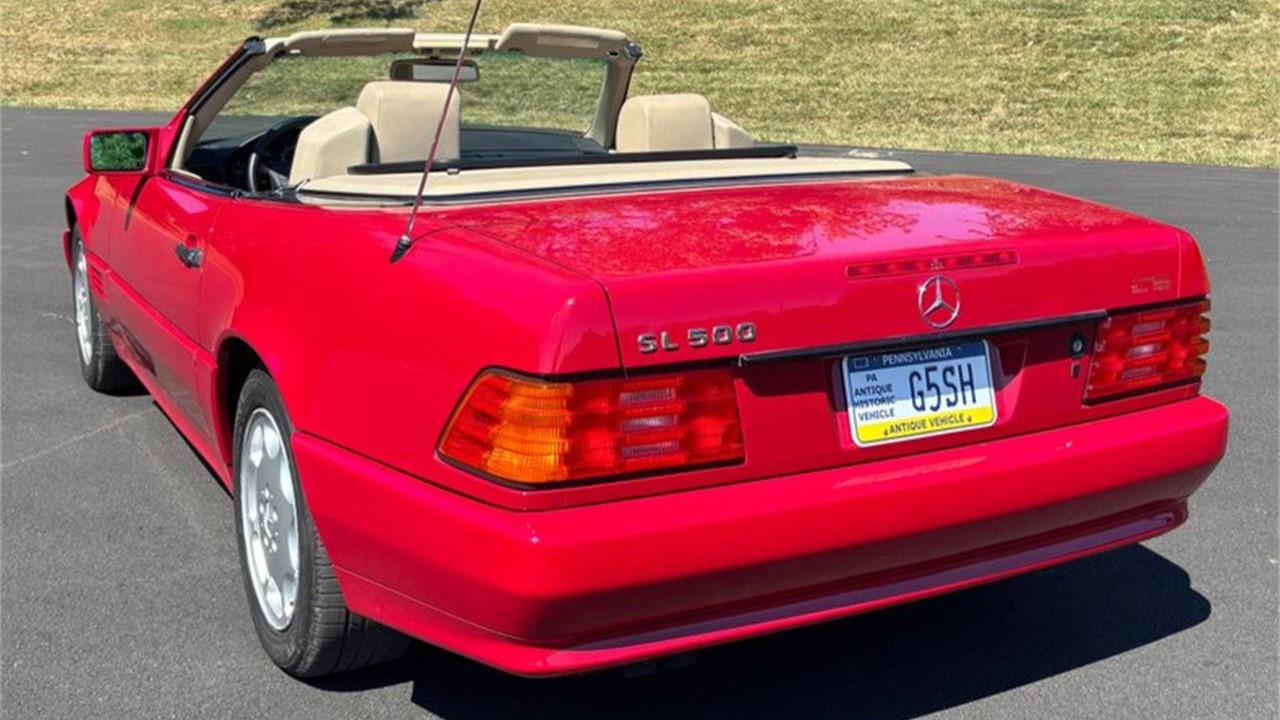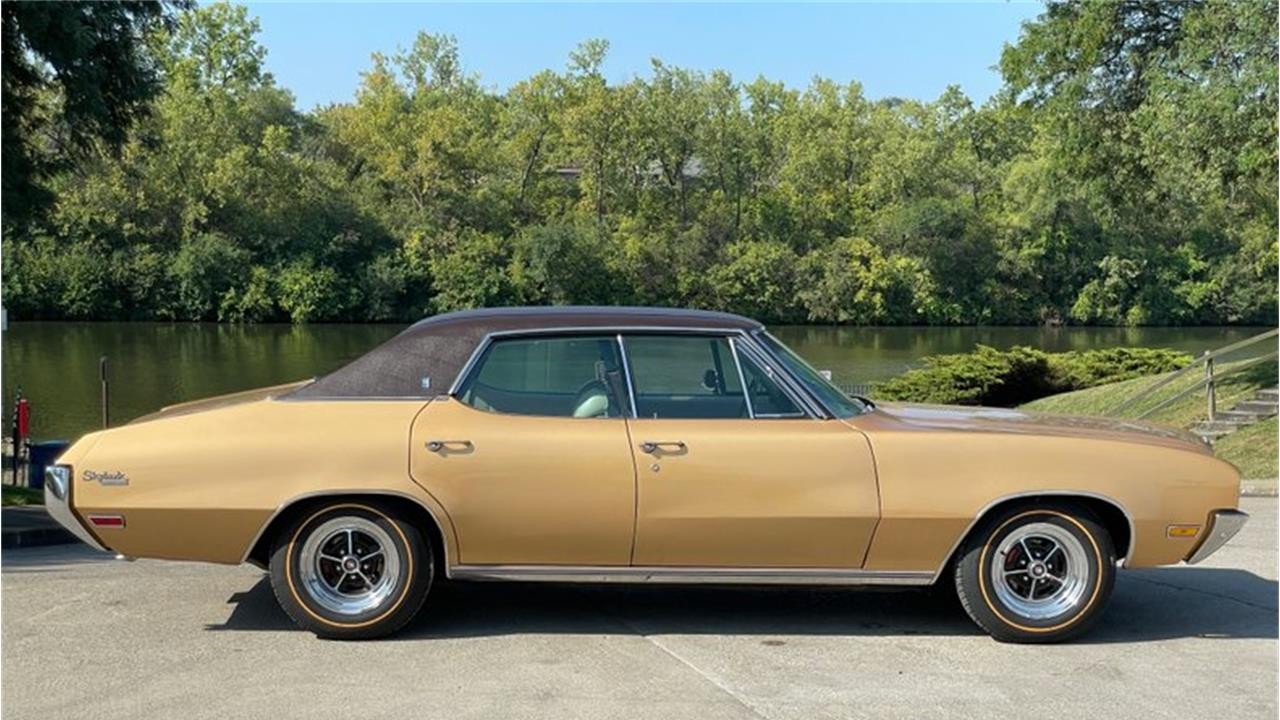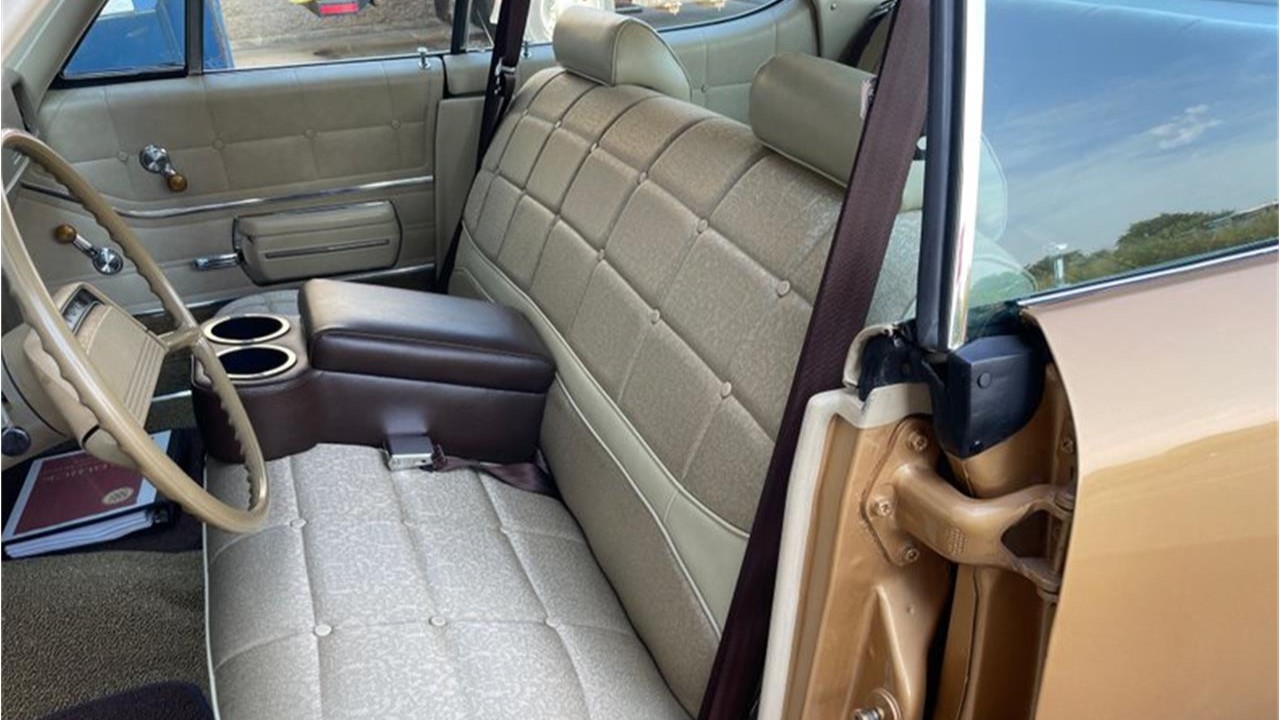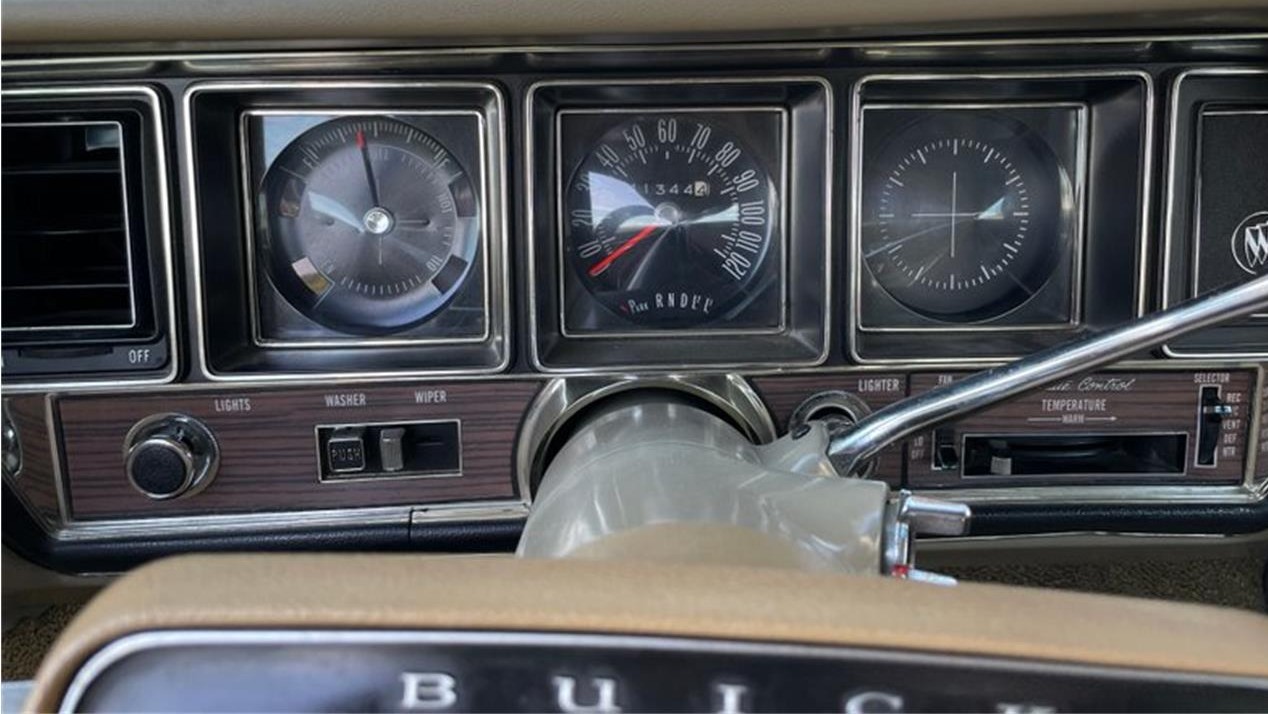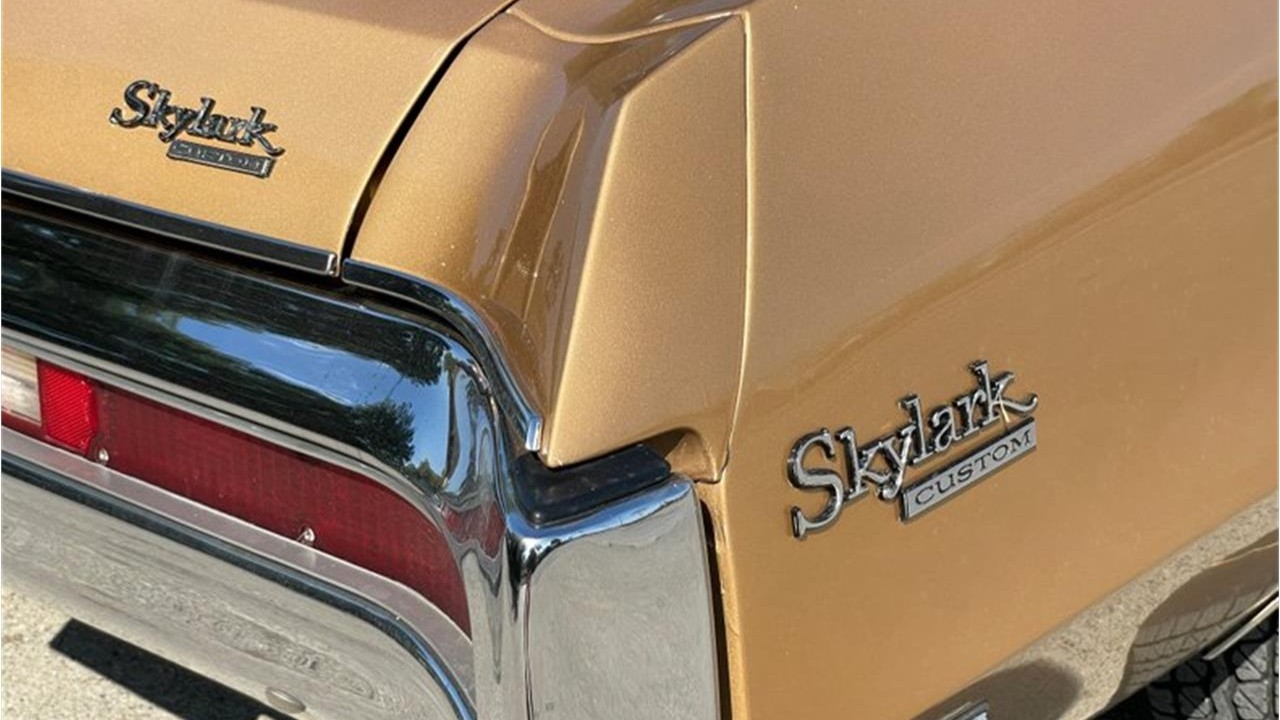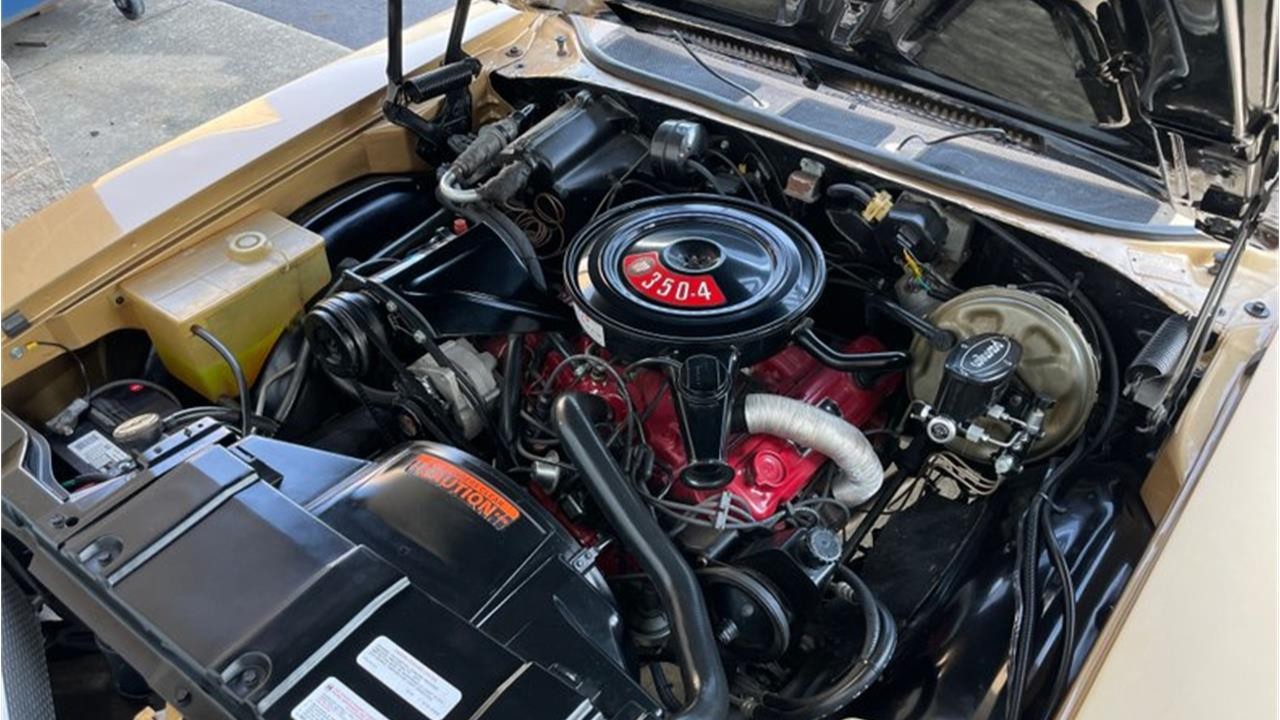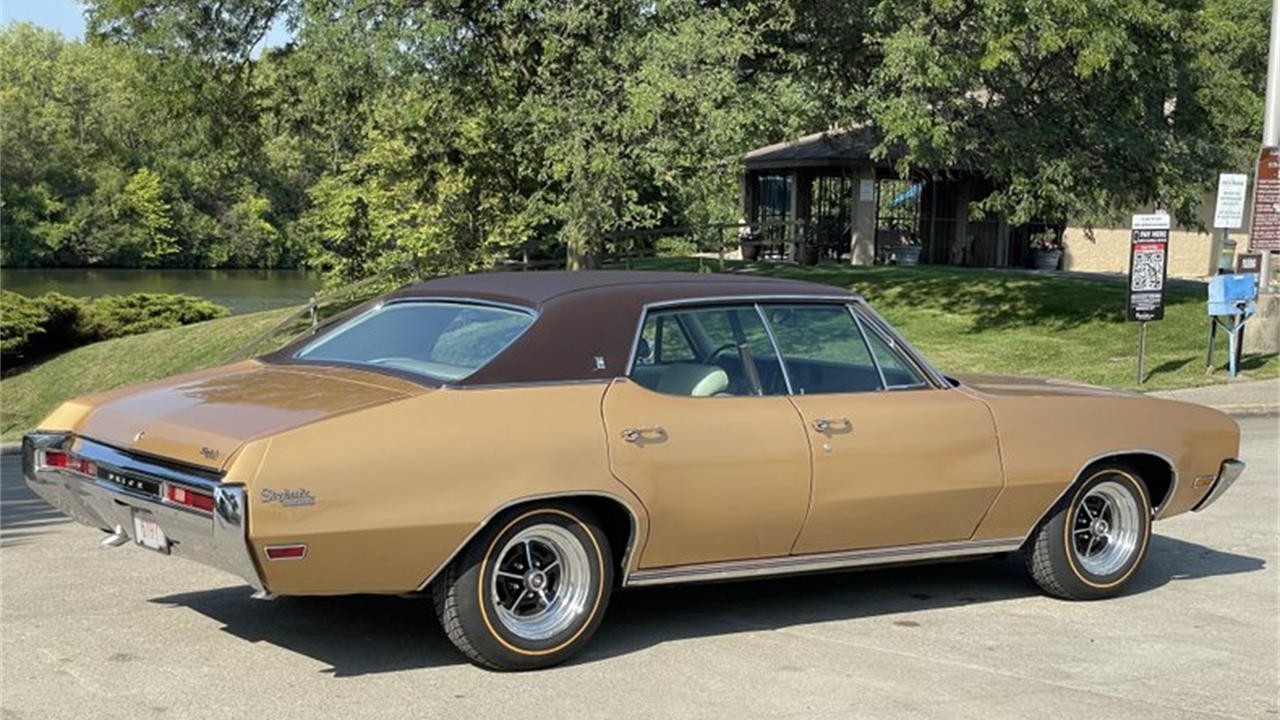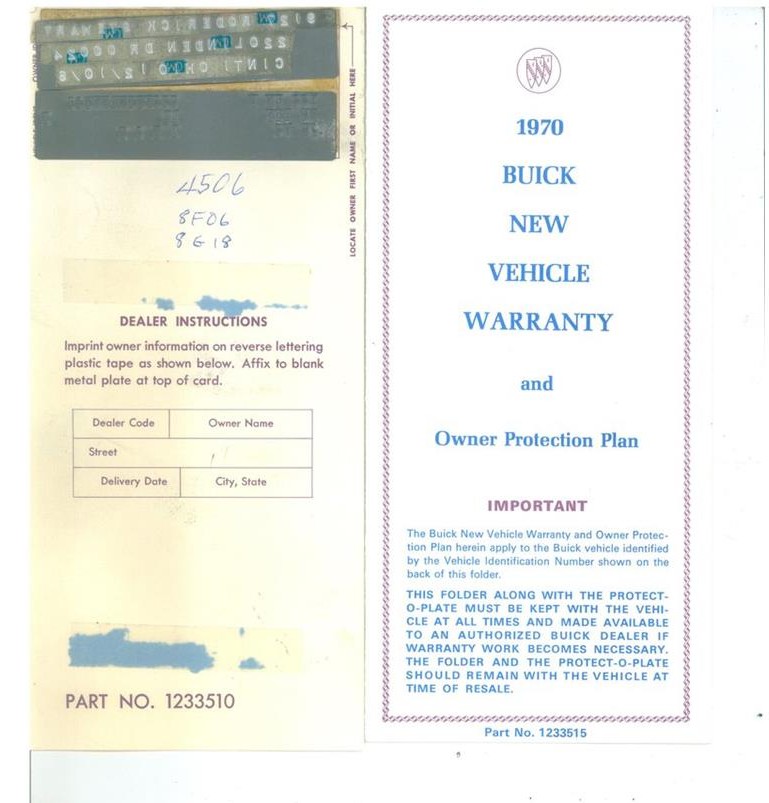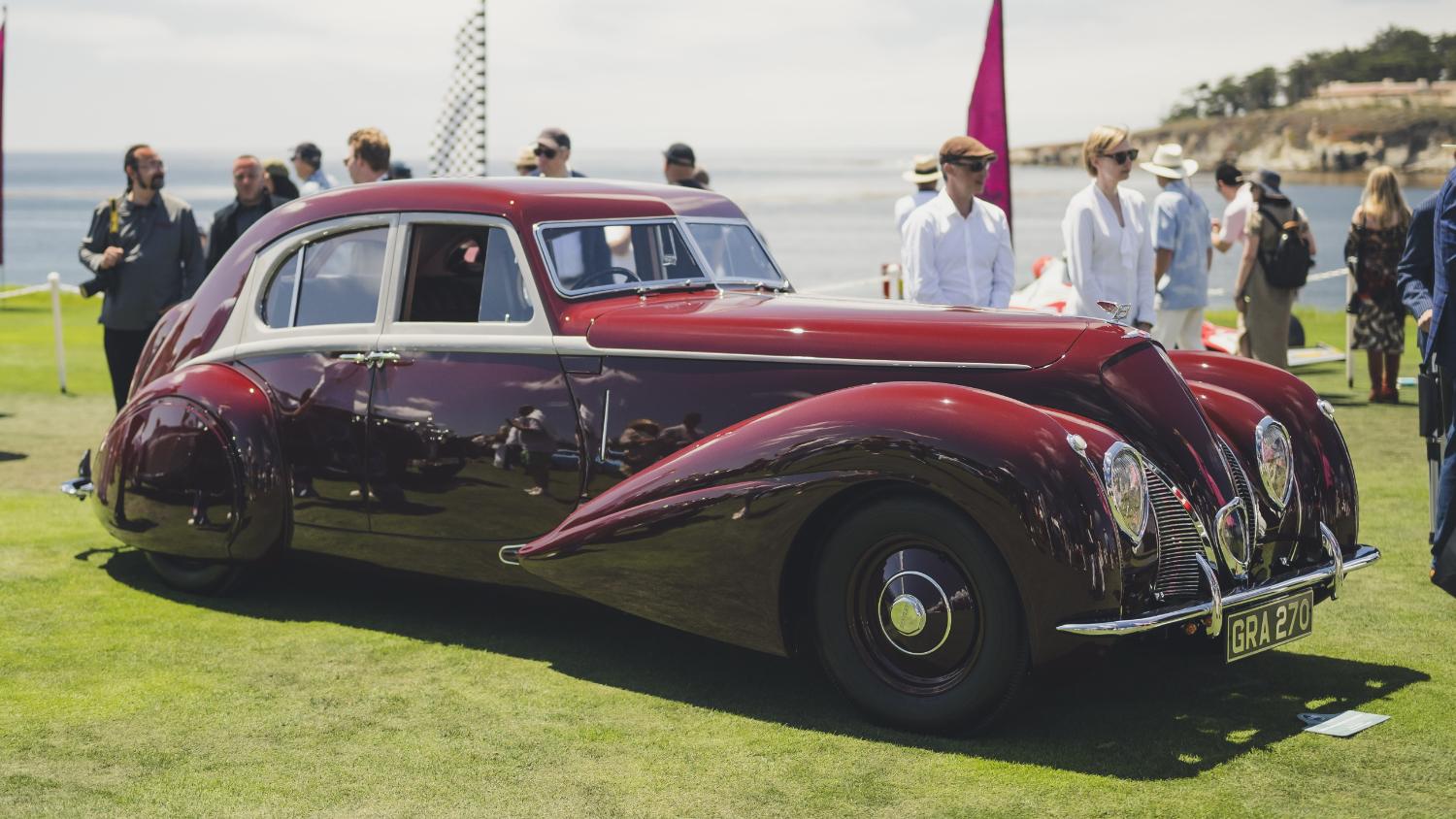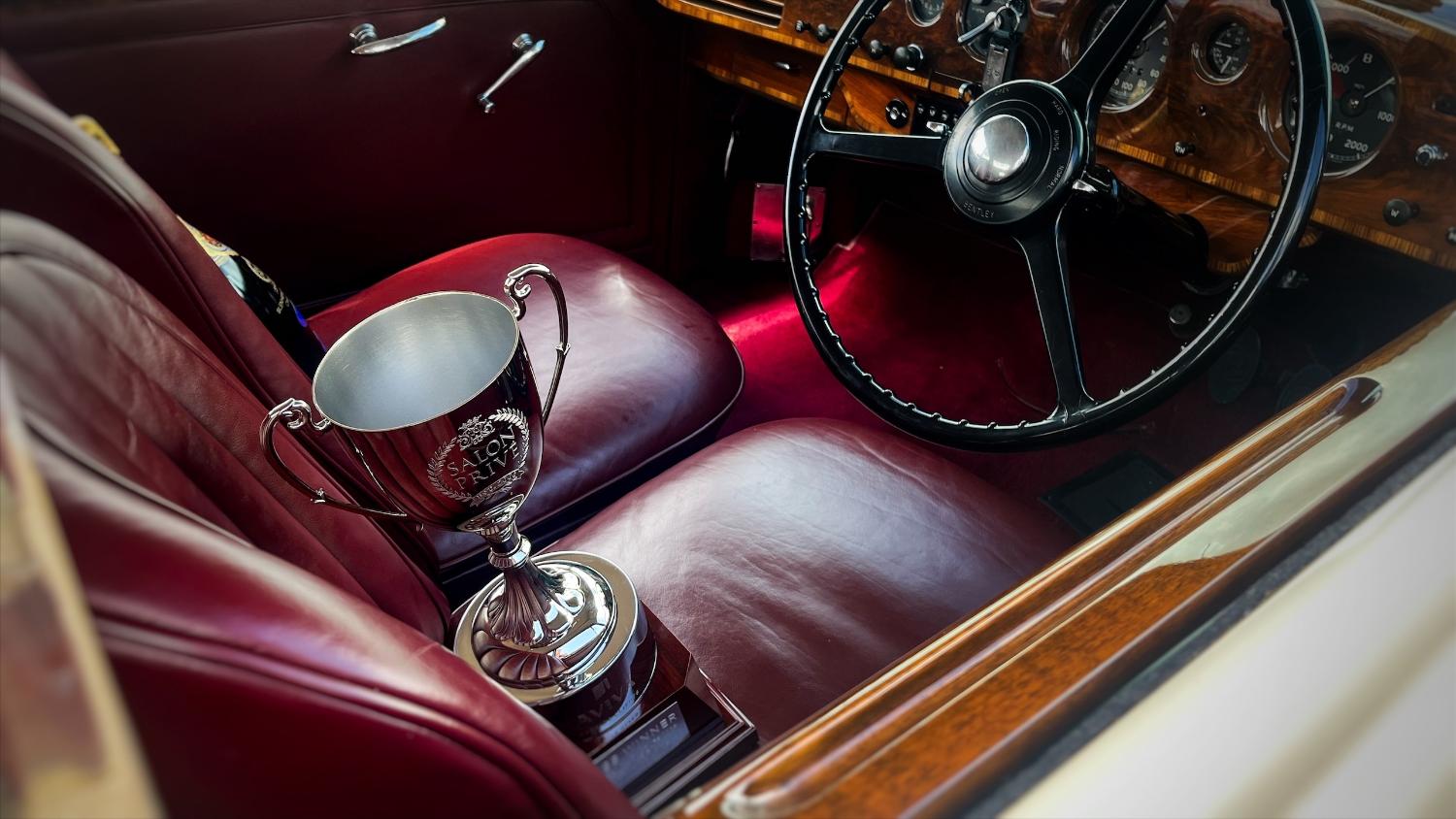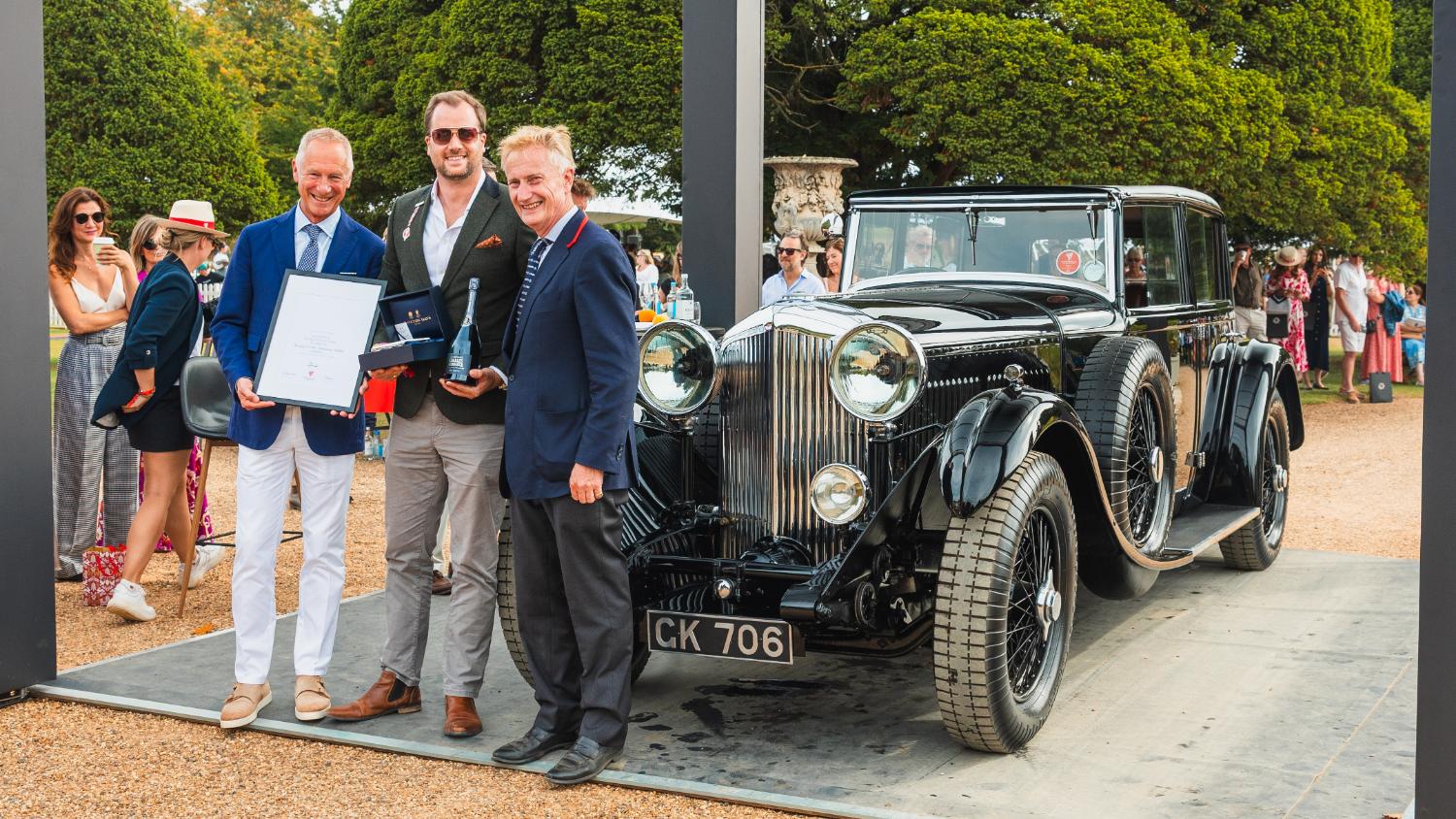This 1930 Ford Model A five-window coupe was acquired by the seller in 2008 and built into a hot rod over the following decade. Power comes from a stroked Bear Block Motors 392 Hemi V8 with four-bolt mains, a forged rotating assembly, Hot Hemi Heads aluminum heads, a Herbert Cams camshaft, Missile valvetrain components, and eight Stromberg 97 carburetors mounted on an Edelbrock intake manifold. The engine is backed by an AutoGear Muncie M22 four-speed manual transmission and a Currie 9” rear end with a limited-slip differential. Bass Kustom of Dallas, Texas, modified the steel body with a chopped roof, a ’34 windshield frame, and a ’32 grille shell, and also fabricated the chassis, which incorporates shortened American Chassis side rails, a ’37 front axle, rear ladder bars, a Schroeder cowl steering box, and drilled accents throughout. Brown Spinneybeck leather upholstery and wool carpets cover the interior, and other highlights include a removable roof panel, a central fuel filler, red headlight lenses, nickel-plated brightwork, and 16” steel wheels. Since completion, the car has participated in The Gathering at the Roc and the Lonestar Roundup. This Highboy coupe is now offered with a clean Missouri title in the seller’s name.

Bass Kustom fabricated the frame using American Chassis side rails that were shortened, pinched, and joined with custom crossmembers. Inspired by Bonneville Salt Flats race cars and hot rods built in the ’50s and ’60s, Bass started with an original 1930 A body, chopped the roof, and added a ’34 windshield frame and header. The ’32-style grille shell was trimmed to clear the axle.

Martin Bros. Customs of Johnson City, Texas, and Shorty’s Custom Paint of Midlothian, Texas, applied a shade of white paint inspired by a Porsche 356, according to the seller. Assembly and plating were completed at Rex Rod & Chassis of Blanco, Texas. A removable roof panel is secured with Dzus fasteners, and the B-L-C headlight buckets feature red-tinted lenses.

The stroked Hemi V8 was built using a Bear Block Motors block with four-bolt mains. Hot Hemi Heads aluminum heads were milled to appear stock, and a forged rotating assembly was installed along with a Herbert Cams camshaft, Missile Enterprises rocker arms, dimpled valve covers, and a Scintilla Vertex magneto. Induction is through eight Stromberg 97 carburetors mounted atop a polished Edelbrock intake manifold.

Drilled brackets act as mounts for both the engine and the Walker radiator. Tubular headers flow into side exhaust outlets, and suspension components and exterior brightwork were nickel-plated.

Color-keyed 16” steel wheels are wrapped in Excelsior radial tires measuring 5.50” up front and 7.50” out back. The car rides on transverse leaf springs with a ’37 front axle supported by a “suicide” setup, while drilled extensions have been added to the live rear axle for the spring and shock mounts. Braking is handled by hydraulic drums all around.

Craig Willits of Dallas, Texas, prepared the cabin upholstery using brown leather sourced from Spinneybeck. Tuck-and-roll inserts accent the split bench seat, and Dynamat was applied to the floors under wool carpets from World Upholstery. A brass knob tops the double-bend shifter, which has a padded bezel.

The three-spoke steering wheel is connected to a Schroeder steering box with a 2:1 reducer gear set. A central Stewart-Warner tachometer is accompanied by auxiliary gauges mounted below the dashboard. The car does not have an odometer. The seller estimates that the car has been driven 2,500 miles since the build was completed.

The trunk is trimmed to complement the cabin, and a cutout in the trunk lid surrounds a positive-locking flip-up fuel filler cap. A louvered trunk lid is included as shown in the gallery.

Power is sent to the rear wheels through an AutoGear Muncie M22 four-speed manual transmission and a Currie 9” rear end with a limited-slip differential. A louvered panel was added to the underside of the rear bodywork.

The car is titled using the VIN A3156188, which appears on an identification plate riveted to the firewall and is consistent with a Ford Model A produced in April 1930.
![]()
Photos taken at various stages of the build are presented in the gallery, and documentation of the build is further detailed in a Jalopy Journal thread.
